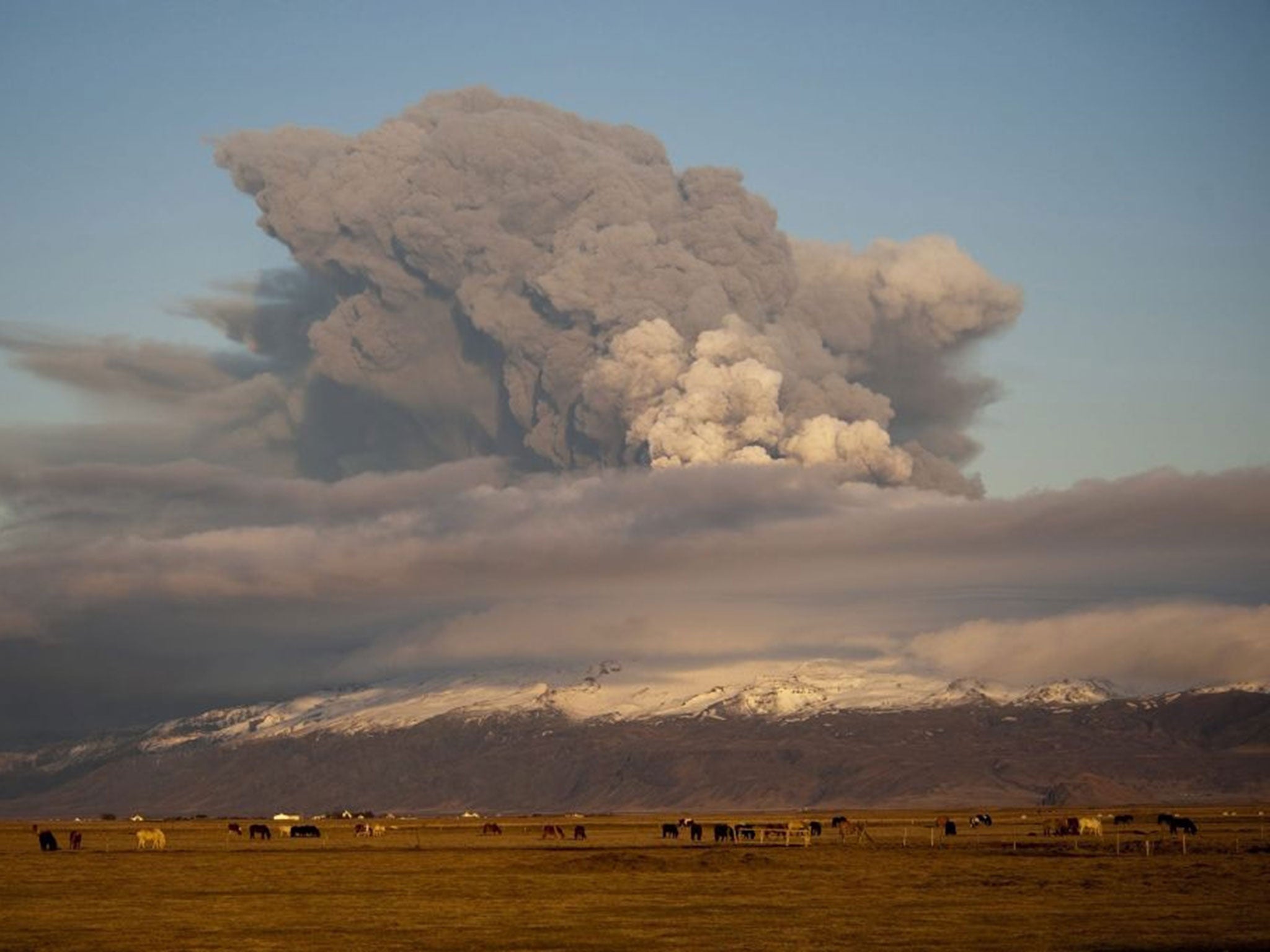Iceland volcano: Fears of eruption and ash cloud increase as Met Office registers 1,000 small earthquakes in region
Iceland's Met Office continues to monitor the situation as seismic activity is 'still great'

Fears of another volcanic eruption in Iceland continued today with reports that weather officials have detected 1,000 small quakes in the Barðarbunga volcano, following an unusually strong earthquake on Monday.
Hundreds of people have been evacuated from the highlands north of the Vatnajokull glacier by Iceland’s civil protection department after the volcano began belching huge plumes of smoke.
Iceland’s Met Office released an updated statement this morning, saying: "seismic activity in Bárðarbunga and vicinity is still great. As yesterday, the main activity stems from the intrusive event under Dyngjujökull."
Yesterday statements indicated although there were no signs of any magma migration to the surface, it was impossible to "exclude that the current activity will result in an explosive subglacial eruption, leading to an outburst flood (jökulhlaup) and ash emission".
Despite reports, worries of a repeat of the 2010 ‘ash crisis’, which caused widespread chaos across Europe when thousands of flights were grounded due to volcanic ash, are limited thanks to a change in airline policy.
As a result planes can fly through limited levels of volcanic ash, instead of a complete grounding of flights as in 2010, and models of atmospheric ash plumes have improved.
Nonetheless, Met officials have issued an ‘orange’ flight warning, the second highest on the colour code.
The orange alert shows the volcano is showing “escalating unrest with increased potential of eruption”, or is erupting without any major volcanic ash emissions.
An eruption would be much more likely to lead to extensive flooding, as the glacier above the volcano rapidly melted.
The Barðarbunga volcano last erupted in 1910, though according to the Met Office seismic activity has been increasing around the region over the past seven years.
Subscribe to Independent Premium to bookmark this article
Want to bookmark your favourite articles and stories to read or reference later? Start your Independent Premium subscription today.

Join our commenting forum
Join thought-provoking conversations, follow other Independent readers and see their replies